A new machine learning algorithm that can rapidly pinpoint the location of a neutron star merger using gravitational wave signals alone.


A new machine learning algorithm that can rapidly pinpoint the location of a neutron star merger using gravitational wave signals alone.
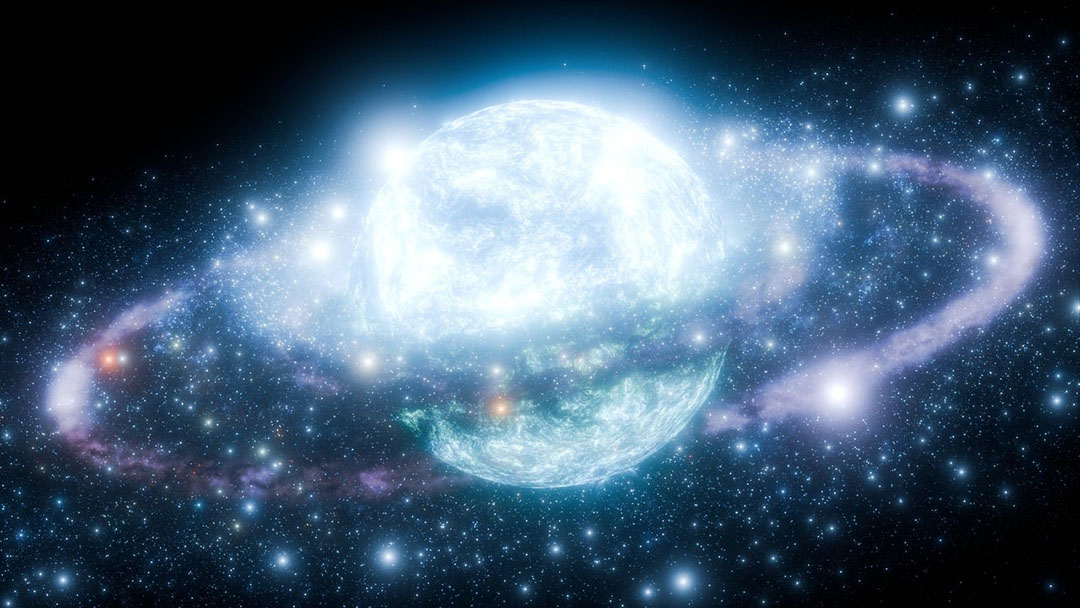
Scientists figure out how different factors, like temperature, density, and pressure, relate to each other in the matter inside neutron stars.
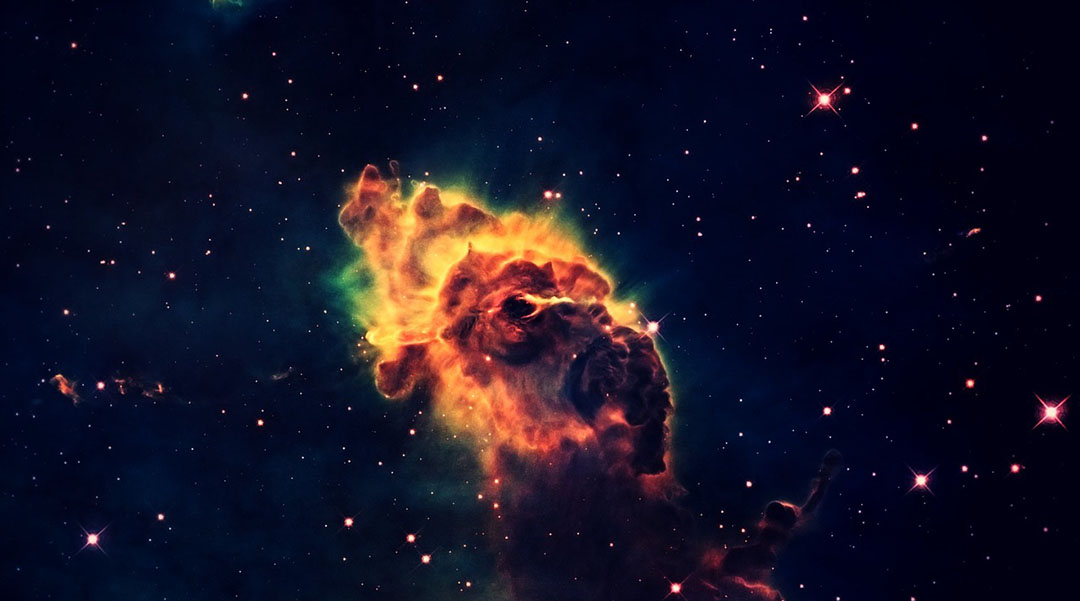
New high-resolution X-ray data reveal that turbulent gas motion, not just black hole activity, prevents star formation in cluster cores.
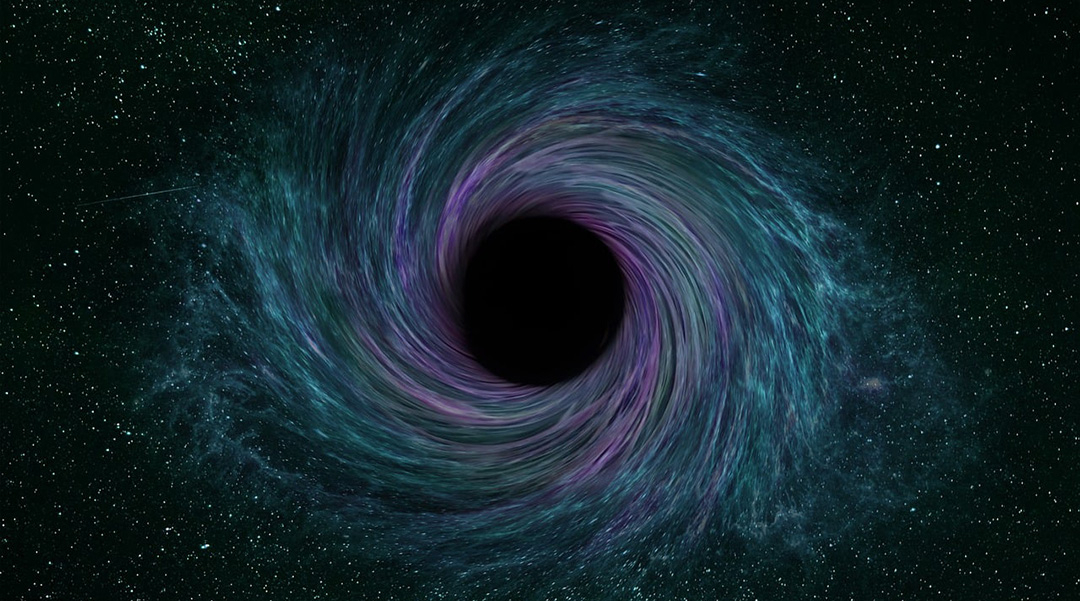
Linking string theory with observations, frozen stars shed new light on black holes and the clash between quantum mechanics and relativity.
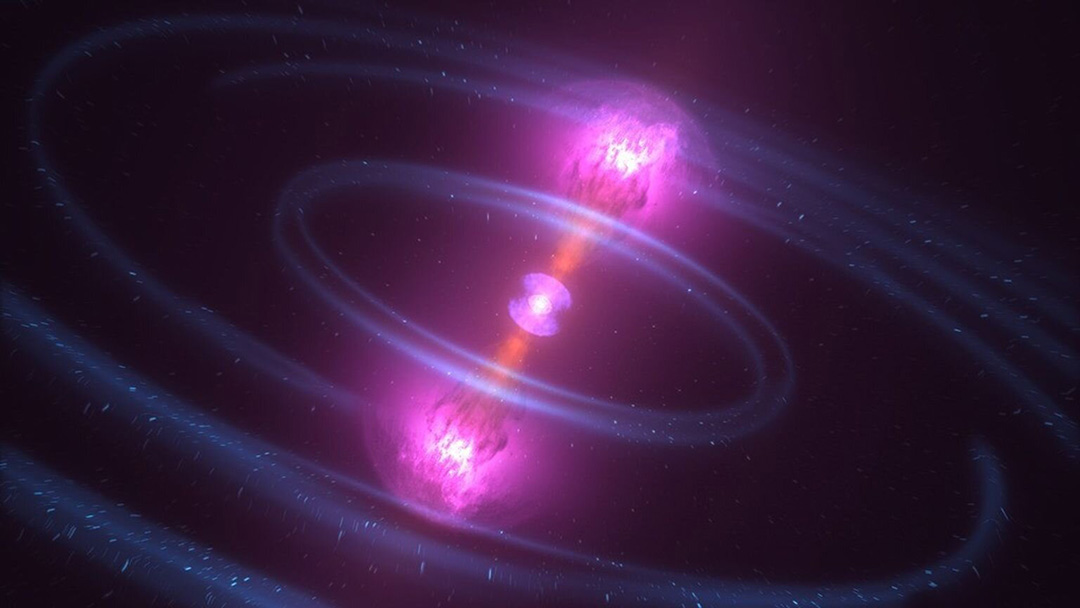
Discover how the rare star HD 65907, a field blue straggler, formed from the merger of two stars.

Dark matter may be gathering in dense clouds around neutron stars, potentially making it easier to observe it from Earth.
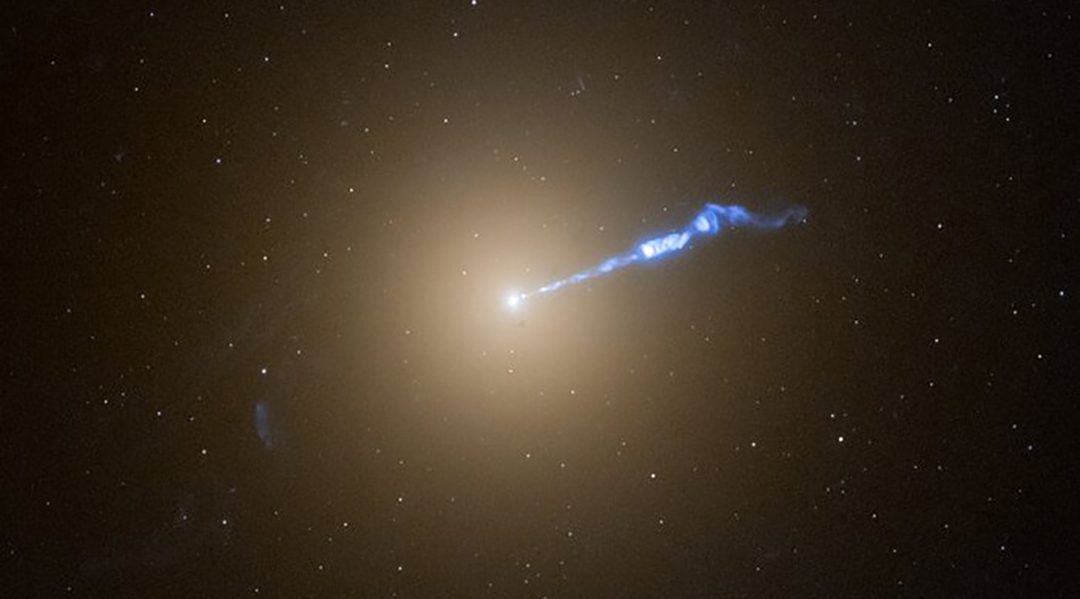
Using the Hubble Space Telescope, astronomers discovered the jet from a black hole, triggering nova explosions along its path.
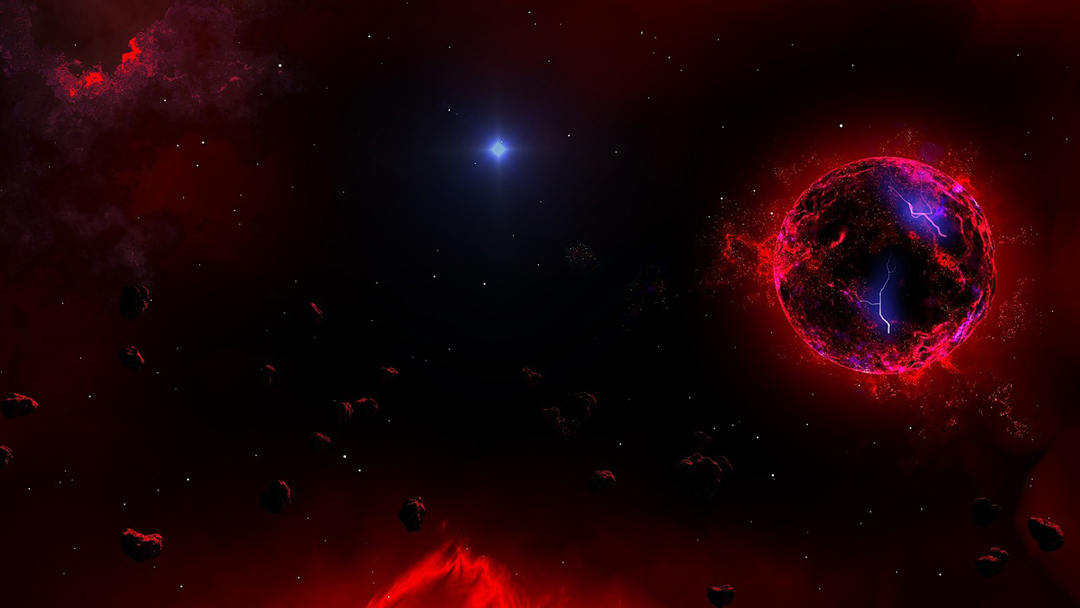
Could neutron stars hold the key to observing dark matter? Researchers believe studying them might one day reveal this elusive substance.
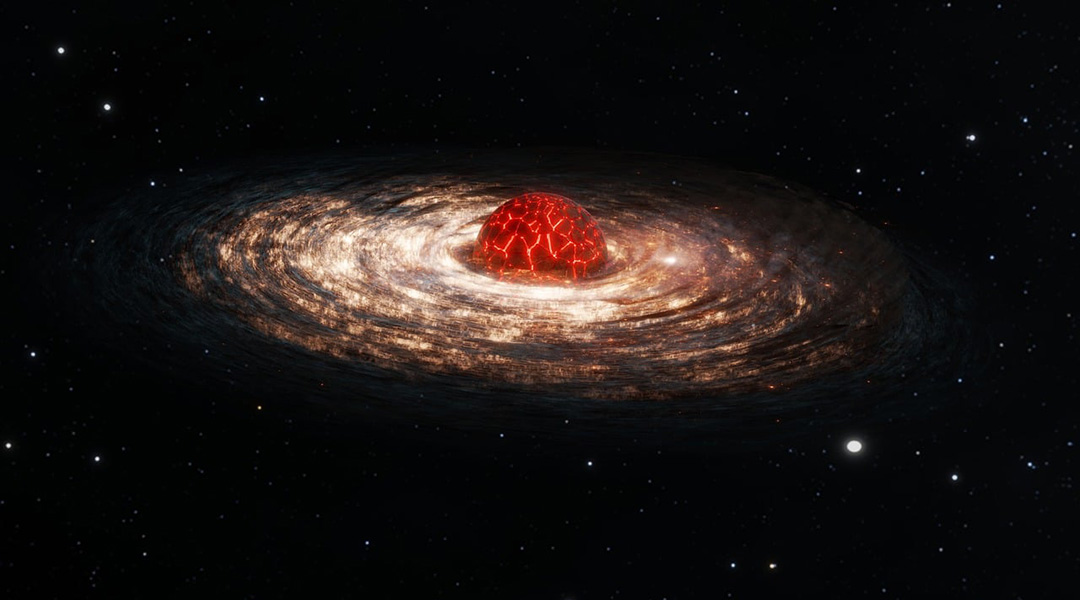
While dark matter’s enigmatic nature persists, Proca stars made of dark photons could help shed light on this cosmic mystery.
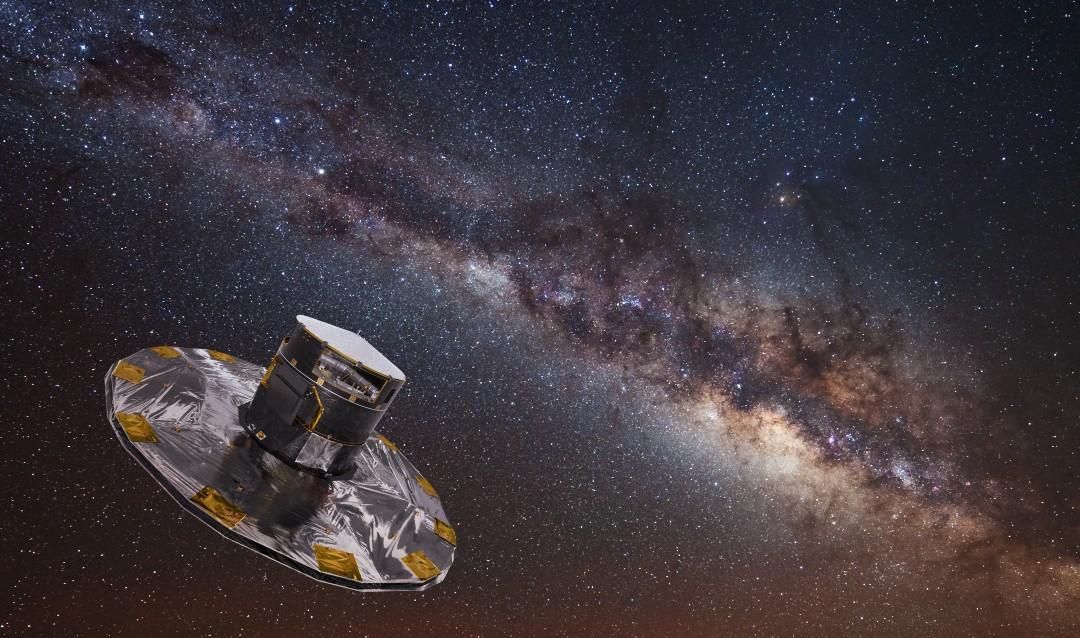
Astronomers used the Gaia Space Telescope to say “you are the father” by tracing hot young stars back to their place of birth.